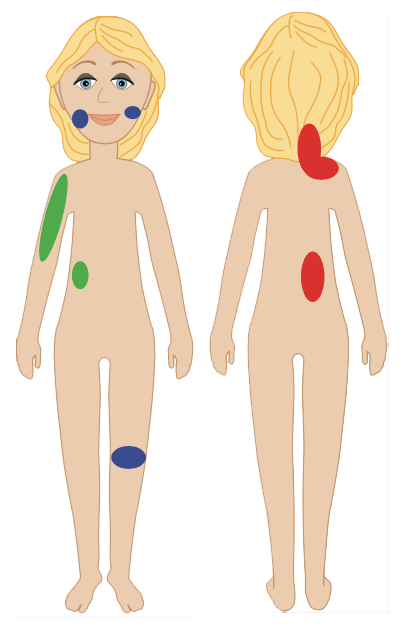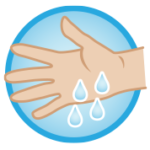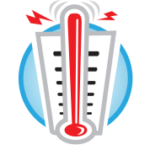STRESS: Often Called Our Body’s Fight or Flight Response
By releasing many hormones from numerous glands in our body, STRESS gets us ready to react to a situation (good or bad, positive or negative).
 Physically, everyone responds to stress in a similar way:
Physically, everyone responds to stress in a similar way:
- Muscles tense
- Heart rate increases
- Respiration (breathing rate) increases
- Stomach does flip flops (butterflies
We perspire more (and often need to go to the bathroom often).
And when the stressful event is over – all systems return to normal – back to a calm and relaxed feeling.
Many of our normal day-to-day situations can be considered a component of a POSITIVE stress reaction. If our brain and body were unable to ‘get prepared,’ we would NEVER get things done.
For example:
- We need to dress up and get to an event at a specific time
- We need to get the kids off to school … but into their snow suits first!
- We have a deadline at work or are preparing for an exam
- We have an appointment with a new doctor, teacher, or bank manager
And when that event is over with, our body relaxes and all our bodily systems (hopefully) go back to our usual resting state.
So, the word RELAXATION can be considered the opposite of the word STRESS.
But there are times when the stress reaction does NOT return to baseline and becomes DISTRESS or STRESSFUL.
Experiencing persistent pain, or any other annoying or frightening symptoms, feelings, or thoughts, can be considered stressful.
Being in situations or with people who make us feel anxious can also be stressful.
And being worried or anxious can keep our stress reaction in an ON position all of the time.
Some people are more at risk of developing physical or emotional problems such as heart problems, stomach ulcers, or tension headaches when they are constantly under stress.
Understanding the reasons for being under stress are the first steps in learning how to better control or manage the problem.
It is unreasonable to ask your body to NOT be bothered by stress.
 But before you learn techniques that can assist you with learning how to better manage the stress reaction (physical and emotional), it is suggested that that you become aware of what is happening in your body when you are in pain, under stress, or feeling anxious for any reason.
But before you learn techniques that can assist you with learning how to better manage the stress reaction (physical and emotional), it is suggested that that you become aware of what is happening in your body when you are in pain, under stress, or feeling anxious for any reason.
There are many therapies or exercise techniques such as meditation, relaxation and mindfulness that can help us reduce the physical and emotional response to stress. (These will be highlighted in a future blog.)
But, unless the REASON for the stress is understood and better controlled, it will be difficult to make any type of change over the long term.
Become aware of how your body responds to stress – and practice DOING something to change that feeling.
- Are you clenching your teeth? Why?
- Does this sudden headache mean you are worried about something? What?
- Are you tightening parts of your body? Does something hurt or is something bothering you?
- Why are you having difficulty going to sleep or staying asleep? What thoughts are going through your brain?
Incorporating stress management techniques into your schedule 24/7 can often assist in better managing persistent pain and other ‘annoying feelings’.
But it is a skill that often has to first be learned.
Take the first step and learn how to pay attention to WHAT your body feels like throughout your day – whether you are at home, in your place of employment, or when you think you are relaxed (reading a book, surfing the net, watching TV).
And ask yourself, if you are concerned, worried, or feeling anxious about any situation, including being in pain.
That is the first step in learning how to better control the physical response to STRESS.
The eBook “Don’t Go to the Ouch” is a detailed 148-page resource on pain/symptom management, useful for all front line health and exercise personnel. The cost is $25.00 Canadian and is payable by PayPal or Interac e-Transfer.
Please contact Gloria to order the book here.




